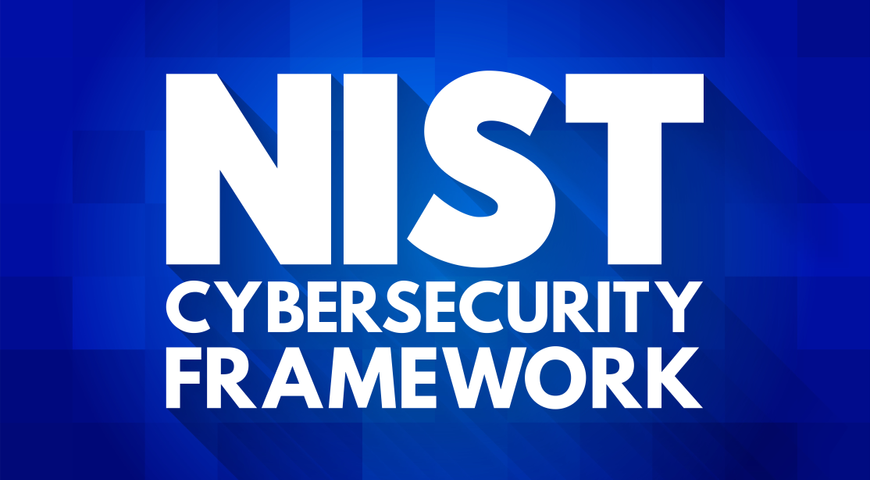
The National Institute of Standards and Technology (NIST) Cybersecurity Framework provides “voluntary guidance, based on existing standards, guidelines and practices for organizations to better manage and reduce cybersecurity risk.” What does this mean for managed services providers (MSPs)?
Whether your MSP is helping clients to qualify for cyber insurance or satisfy regulatory compliance, shoring up cyber protection in alignment with NIST Cybersecurity Framework is still a good idea — even if it’s not mandated.
The NIST Framework is an essential resource for organizations to adopt to better combat proliferating cyberthreats. These include advanced persistent threats (APTs), zero-day malware, common vulnerabilities and exposures (CVEs) and ransomware. Additionally, as cybercriminals embrace artificial intelligence (AI), these threats are growing more complex and are becoming more difficult to detect.
Core functions of the NIST Framework
Our latest white paper, Cyber Protection Across the NIST Frameworks with Acronis for MSPs, explores how MSPs can deliver comprehensive security services strategically mapped to the five core functions of the NIST Framework. Each NIST function plays a key role in assessing, developing and improving security against today’s advanced threats.
1. Identify
MSP technicians need to be aware of exactly who and what needs protection. The “Identify” function helps security professionals understand organizational assets, systems and users, so they can stay informed of potential risks, pinpoint high-priority areas of security and relate risks to clients’ business goals.
2. Protect
Prevention is an integral aspect of proactive security. The “Protect” function ensures that your clients take vital measures to avert threats, reduce risk and mitigate data loss. Notably, some of these security measures are also prerequisites for cyber insurance qualification and regulatory compliance adherence.
3. Detect
The “Detect” function helps your MSP take notice of patterns in threat intelligence data that deviate from the norm and piece together cyber events. “Detect” encompasses cybersecurity measures that ensure MSPs maintain attack surface visibility, monitor suspicious activity and understand identified cyberevents.
4. Respond
When in-progress attacks or cyberevents are detected, MSPs must rapidly respond to, contain, block and eradicate the threat. The “Respond” function provides MSPs with guidelines to prevent the spread of infection, close security gaps and safeguard unaffected systems.
5. Recover
Ensuring your clients’ data is protected and helping them return to normal operations is no easy feat. The “Recover” function outlines the security measures and processes you should have in place, as well as the steps you should follow to swiftly restore client data and business continuity.
How MSPs can align cybersecurity services with the NIST Framework
By integrating the NIST Framework into your cybersecurity offerings, you can differentiate your services and gain a competitive advantage. Read this white paper to learn how Acronis Cyber Protect Cloud aligns with each of the five functions of the NIST Framework by offering integrated cybersecurity, data protection and endpoint management in a single solution.
About Acronis
A Swiss company founded in Singapore in 2003, Acronis has 15 offices worldwide and employees in 50+ countries. Acronis Cyber Protect Cloud is available in 26 languages in 150 countries and is used by over 20,000 service providers to protect over 750,000 businesses.




